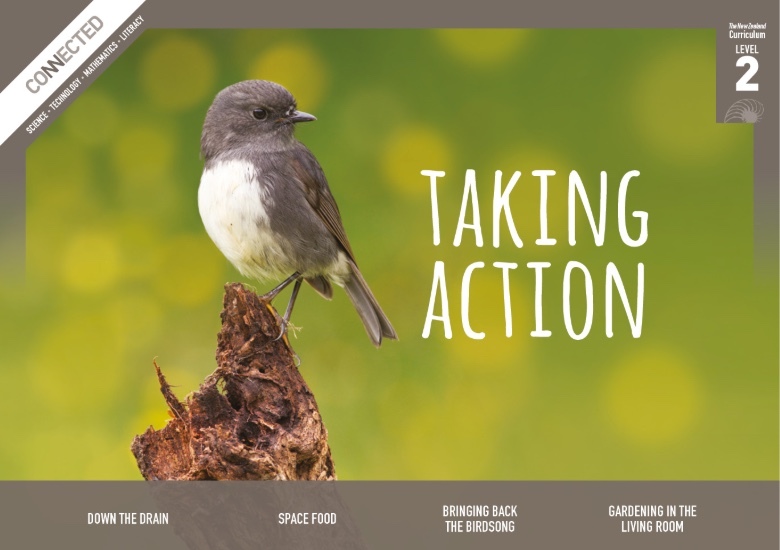This Connected article by Sophie Fern explores how the Balaclava School gardening club investigated where was the best place to grow vegetables over Dunedin’s cold winter months. It introduces students to plant needs and design considerations to ensure healthy food growth indoors.
The students couldn't change the weather but knowing that temperature impacts plants and their growth, maybe they could build a special room with its own climate for growing plants. Their investigations included researching which plants would thrive best inside and which would be better in the special Living Room greenhouse.
Check your school resource area for the article from the 2017 level 2 Connected journal ‘Taking Action’ download it as a Google slide presentation from Tāhūrangi or order it from the Ministry of Education.
The teacher support material (TSM) can be downloaded from Tāhūrangi (Word and PDF files available). It has three learning activities – Grow your own, Where are you from? and Māori gardening – that support students to explore and develop understandings about the ‘engage with science’ capability.
Nature of science
This article provides pictures and diagrams that enable students to engage with interpreting representations to make sense of text and connect it to visual formats. By growing a range of vegetables at school, the students in this article can share their findings with their community. This is a good opportunity to show readers ways that science can enable contribution to their local communities through participation.
Related content
Use Plant reproduction – literacy and numeracy learning links to record and deepen student understanding of key science ideas.
Explore the life cycle of plants further with these articles:
- Flowering plant life cycles
- Flower parts
- The seed-flower life cycle
- Vegetative plant propagation
- Plant reproduction without seeds
Māori were New Zealand’s first soil scientists and modified soils to promote crop growth. Discover how some unique food products from Taewa (Māori potatoes) are being developed.
Attracting pollinators and good fertiliser are important in plant growth.
Check out our entire range of Connected articles here. We’ve curated them by topic and concepts.
Activity ideas
Try these activities with your students:
- Plant parts
- Let's look at flowers
- Student-led investigations about seeds
- Growing new plants without seeds
For more resources linking science and gardens and plants, see our Garden collection – full of resources to support planning to develop a school garden. Sign in to make this collection part of your private collection, just click on the copy icon. You can then add additional content, notes and share and collaborate with others.
We also have a Garden science Pinterest board.
Useful links
The teacher support material for Garden with science (Connected 2014, level 2) includes activities for testing the pH of soil and gathering data about the local climate. Check your school resource area for a copy.
The Biological Husbandry Unit Organics Trust (BHU) is a joint venture between Lincoln University and the New Zealand Organic Movement, it includes The Organic Store with 13 activity pages.
The Connected journals can be ordered from the Down the Back of the Chair website. Access to these resources is restricted to Ministry-approved education providers. To find out if you are eligible for a login or if you have forgotten your login details, contact their customer services team on 0800 660 662 or email orders@thechair.education.govt.nz.
Acknowledgement
The Connected series is published annually by the Ministry of Education, New Zealand.


